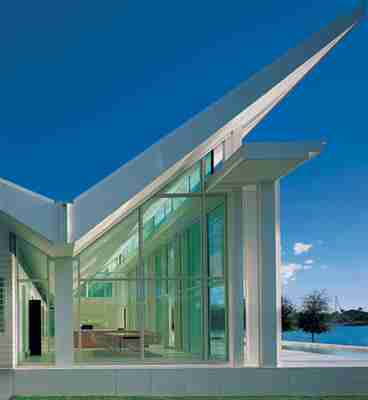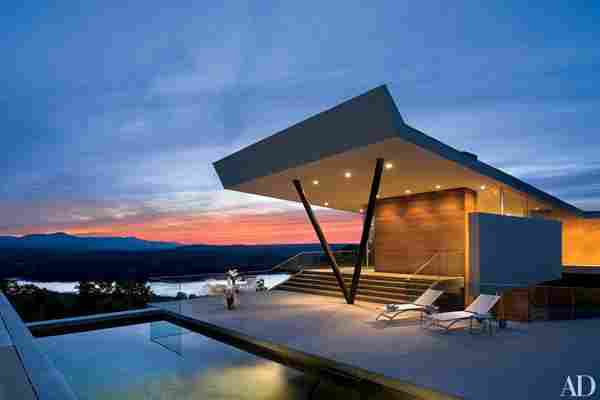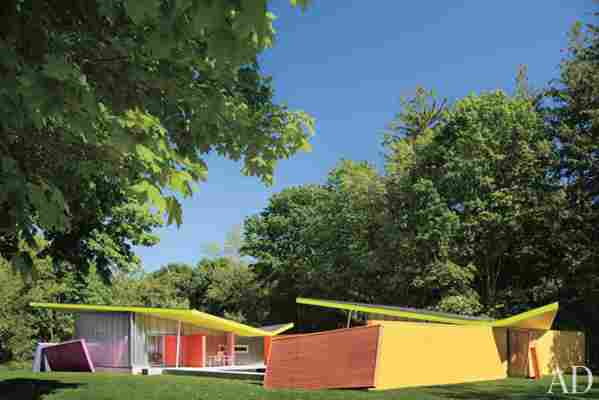Of all Southern California’s signature architectural elements, the most distinctive may be the butterfly roof. The V-shaped feature, also known as an inverted gable roof, was popularized in the region during the 1950s by architect William Krisel, who replicated the design in thousands of tract houses in Palm Springs . The style can be traced to Le Corbusier’s Maison Errázuriz, a vacation home in Chile devised (but never built) for arts patron Eugenia Errázuriz in 1930. Czech architect Antonin Raymond copied the design for his own home in Japan, which appeared in Architectural Record in 1934. Marcel Breuer brought the butterfly roof to America in 1945 with his design for the Geller House on Long Island. Since then many architects have used butterfly roofs for their eye-catching angles and eco-friendly properties, which include the ability to collect rainwater and incorporate larger windows. Discover four projects that showcase the modern beauty of the butterfly roof.

Architect Richard Meier installed a soaring, asymmetrical butterfly roof at the Naples, Florida, home of Klaus and Ulla Neugebauer. The design choice was made in response to the private community’s requirement that homes have pitched roofs.

The butterfly roof provides a half canopy over the main terrace at a getaway in New York’s Hudson Valley designed by architect Joel Sanders.

Architects Peter Stamberg and Paul Aferiat devised a colorful retreat for themselves on New York’s Shelter Island. Bright yellow butterfly roofs cover the structures and shade an outdoor dining area.
Completed in 1968, I. M. Pei’s addition to the Des Moines Art Center in Iowa features a butterfly roof that allows additional light into the gallery.

Leave a Reply